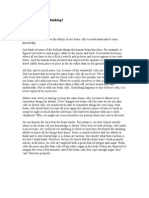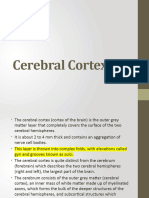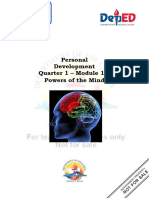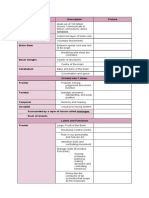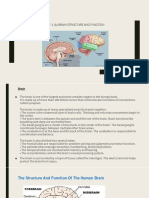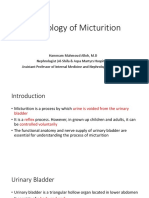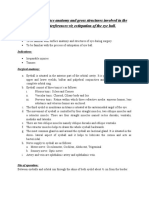0% found this document useful (0 votes)
30 views10 pagesUnit 3 Notes B
AP PSYCHOLOGY notes 2
Uploaded by
dengemily410Copyright
© © All Rights Reserved
We take content rights seriously. If you suspect this is your content, claim it here.
Available Formats
Download as PDF, TXT or read online on Scribd
0% found this document useful (0 votes)
30 views10 pagesUnit 3 Notes B
AP PSYCHOLOGY notes 2
Uploaded by
dengemily410Copyright
© © All Rights Reserved
We take content rights seriously. If you suspect this is your content, claim it here.
Available Formats
Download as PDF, TXT or read online on Scribd
/ 10













